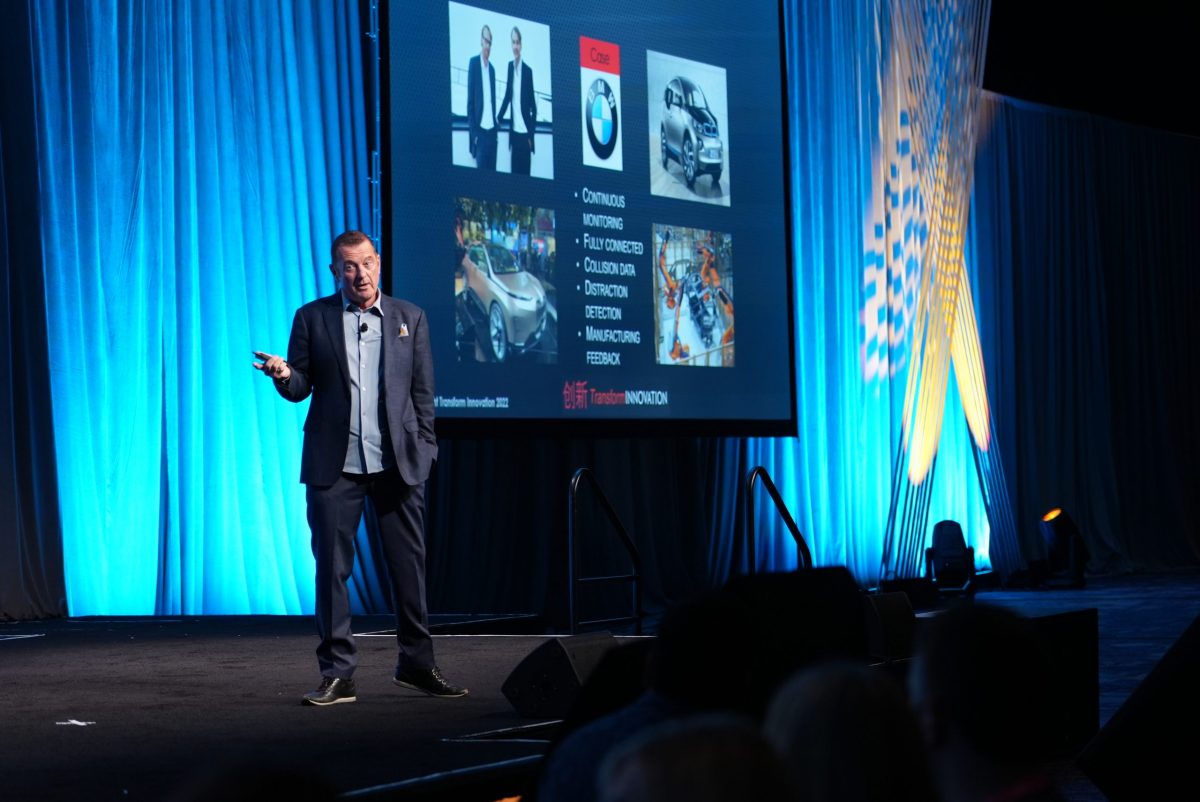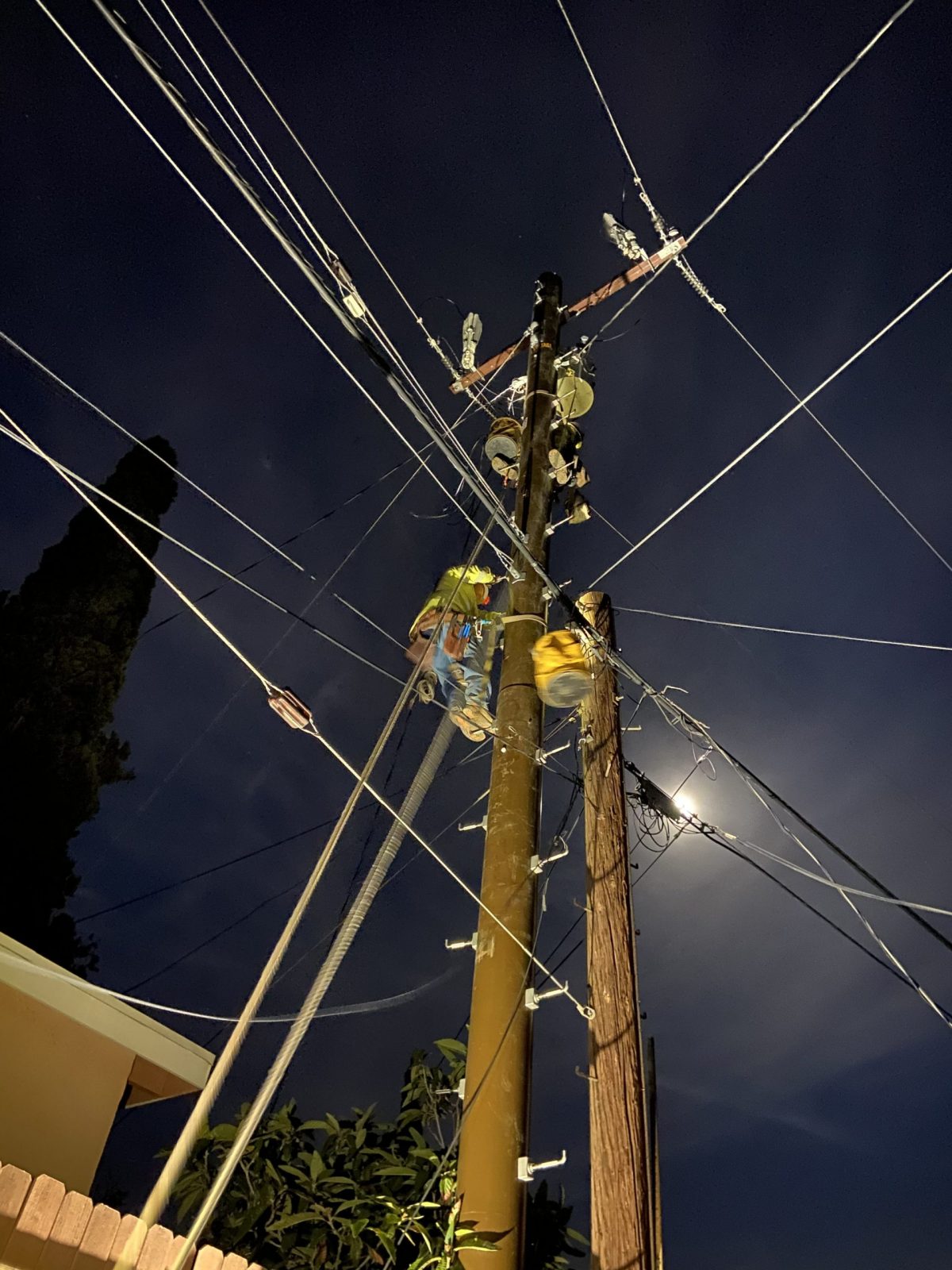

Understanding Fire Codes – Part 2
In the spring issue of Composites Manufacturing, I described how fire codes are developed and enforced. In this column, we’ll look at specific codes that may be important to composites manufacturers.
NFPA 33, the Standard for Spray Application Using Flammable and Combustible Materials, is likely the most important code for composites manufacturers using open molding. Chapter 17 of this code, on Styrene Cross-Linked Composites Manufacturing (Glass Fiber–Reinforced Plastics), is the result of decades of work by the industry, led by Lowell Miles of Miles Fiberglass and Composites, to get approval for a code that protects open molding shops against fire risks while recognizing that composite resin spray operations are less hazardous than spray painting.
Before this chapter was adopted into NFPA 33, OSHA routinely enforced the spray finishing fire safety requirements at 29 CFR 1910.107, which was a problem especially for the fabrication of large parts that could not fit in traditional spray booths. Since then, it has been OSHA policy that composites open molding operations not in compliance with the 1910.107 standard, but meeting the requirements of NPFA 33, will receive no more than a de minimis citation without fine or other penalty.
Chapter 17 contains provisions for fire protection, resin storage, electrical hazards, ventilation, handling of excess catalyzed resin and the use of paper or plastic film in spray booths to collect overspray. In addition, Chapter 16 of NFPA 33 has important requirements for spray application operations involving organic peroxides.
Industry compliance experts often recommend that composites manufacturers purchase a copy of NFPA 33, make sure they are following relevant provisions, and have the document on hand for reference when the facility is visited by OSHA, local fire code officials or insurance company representatives.
The second most relevant fire code is NFPA 30, the Flammable and Combustible Liquids code. When they inspect industry operations, local code officials often question the amount of resin, gel coat and other flammable liquids stored in or near resin application areas. These questions can be resolved by reference to NFPA 30.
Some composites manufacturers might find that this code places significant restrictions on the amount, package type, or stacking of resin or gel coat permitted to be stored inside a manufacturing or warehouse building, which in some cases has been resolved by moving some storage to approved facilities outside the building. In other cases, it has been necessary to retain a fire safety engineer to conduct a fire hazards analysis that considers the actual hazards of the facility’s resin storage operations. Recall from my previous column that fire codes are written to provide adequate protections for a wide range of operations and might over- or under-protect any individual facility.
Composites manufacturers with dust-generating operations should refer to NFPA 652: Standard on the Fundamentals of Combustible Dust, and NFPA 654: Standard for the Prevention of Fire and Dust Explosions from the Manufacturing, Processing, and Handling of Combustible Particulate Solids, for the practices and provisions intended to reduce combustible dust hazards. NFPA 652 provides general information for all dust-generating operations, while NFPA 654 includes provisions specifically for polymer dust, such as the dust resulting from the grinding, drilling, sanding, cutting or otherwise mechanically working composite products. The presence of dusts on horizontal surfaces like ceiling rafters and in dust handling equipment such as ducts and cyclones are areas of concern for managing combustible dust standards.
Some composites manufacturers have tested dusts generated in their operations, but all such tests have revealed that the dusts are an explosion hazard if enough is distributed in the air. Annex D of NFPA 654 describes a method for using the amount of dust accumulated on rafters and other surfaces to assess the risk of fire or explosion. Many composites manufacturers manage combustible dust hazards by using regular housekeeping to keep dust accumulation below the levels provided in Annex D. This practice keeps the amount of dust below the level that might cause an explosive atmosphere if distributed as a dust cloud in the air.
Finally, we come to NPFA 400, the Hazardous Materials Code, Chapter 14 of which is on Organic Peroxide (OP) Formulations. The 2019 Edition of NPFA 400 recommends storage limits for OP formulations based on a series of fire tests conducted by OP suppliers. Some composites manufacturers may find that the revised storage limits prevent the storage of an amount of OP necessary to support operations. In such cases, it may be possible to work with suppliers to identify a workable OP formulation with a lower hazard classification and therefore less restrictive storage limits.
ACMA members are welcome to contact me if they have questions about fire code compliance.
John Schweitzer is senior advisor to the president at ACMA. Email comments to jschweitzer@acmanet.org.
Disclaimer: Opinions, statements and technical information within the Tech Talk column are that of the authors. ACMA makes no warranty of any kinds, expressed or implied, with respect to information in the column, including fitness for a particular purpose. Persons using the information within the column assume all risk and liability for any losses, damages, claims or expenses resulting from such use.

SUBSCRIBE TO CM MAGAZINE
Composites Manufacturing Magazine is the official publication of the American Composites Manufacturers Association. Subscribe to get a free annual subscription to Composites Manufacturing Magazine and receive composites industry insights you can’t get anywhere else.








